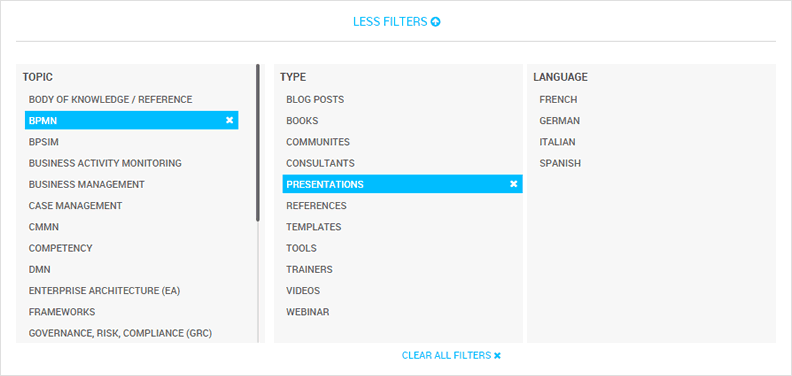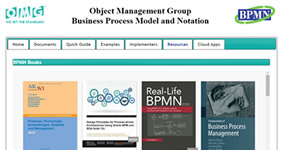Analysis paralysis when choosing which process to automate or digitize.
Blog: Flokzu
Analysis paralysis applies to any technological project in which we cannot advance even in the construction of a first pilot or prototype due to excessive prior analysis and study. When we work on the digitization and automation of processes with a Business Process Management (BPM) Suite, this problem can occur.
In this article, we share concrete techniques and suggestions to unblock and move forward with the first process. Once the first one has been chosen and implemented, it is usually easier to choose the following ones. On the other hand, if the implementation of that first process fails, then it will be challenging to have a second one. In other words, the choice of the first process is critical. And that does not help to alleviate paralysis by analysis.
Reasons for analysis paralysis
When we talk specifically about automating and digitizing business processes, paralysis by analysis in most cases occurs for one of these reasons:
- The process list is too long, and we find it difficult to choose the first process.
- The process list is empty.
- The candidate processes are too complex.
- Automating the candidate processes does not add enough value to the business.
Criteria for selecting the first process to automate
To solve the paralysis by analysis and the four situations described above, we first need decision criteria. The first process to be implemented must balance complexity with the value it adds to the business.

This balance will allow us to deliver the process in a reasonable time, showing concrete results. For this, the process mustn’t be overly complex. At the same time, it must be relevant to the business and its automation should produce concrete, measurable, or at least evident results. Naturally, balancing these two dimensions is the key to success in choosing the first process. Here are some concrete techniques.
If the list of candidate processes is too long…
Having well-defined selection criteria helps us to shorten the list. For each process in the list, add two columns. The first one is to estimate the complexity of its automation, and the second one is to estimate the value that its automation would add to the business. Now let’s rule out all those with high complexity and all those with low business value contribution.
Is the list of candidate processes empty?
It is advisable to hold a brainstorming session with representatives from different areas of the company. Moreover, using examples of predefined processes that have been useful in other areas or companies in the sector can trigger ideas (here are examples of human resources, manufacturing, finance). This meeting should result in a list of possible processes for automation.
If the candidate processes are too complex….
Evaluate if we have a way to simplify them, at least for the first version. For example, here are some inherently complex elements that you can avoid for the initial pilot or prototype:
- Eliminate integrations with legacy systems. Instead, they can be implemented in a second stage, and communications between systems can be done manually. Then, when the process works, you can obtain resources for these integrations.
- If the complexity is because there are people who do not support the process digitalization project. In that case, they can be left out of this first stage. When it works and there are concrete results, you can add them. It is always advisable that people committed to its success participate in the first pilot.
- Do not consider borderline or improbable cases. Instead, focus on the basic course of the process, the most common and probable. In the second stage, there will be time to consider all alternative courses, which are less frequent but usually more complex.
If they do not add enough value to the business…
This is the most complex scenario to resolve. If the processes do not add sufficient value to the business, their implementation will be perceived as a waste of time, with a high opportunity cost.
For example, let’s imagine a process that is executed 3 times a year, involves 5 people and takes 1 hour of work from each of them. If it takes a couple of hours or days longer than usual, there are no consequences. In this case, its implementation, even if it obtains impressive relative results (reduction by half of the people’s hours consumed, 30% reduction of the processing time, etc.), is not justified. Because the magnitude of the results for the business does not justify investing hours in its automation, nor in licenses of the BPM Suite used, nor in training people to use them.
Considering that it is tough to convert an irrelevant process into one that adds significant value to the business, it is recommended not to try. Instead, we recommend returning to the scenario that the “candidate list is empty” so that you can look for another process whose automation does add value to the business.
Showing quick results: the coup de grâce.
Once you choose the first process to be automated, the main problem of analysis paralysis has been solved. Now we can get to work! But this game is not yet won. Now it is essential to be able to move fast and show results.
Visible, positive, and tangible results give confidence and motivation to those who are automating. But they also generate support from the bosses and managers who are continually evaluating the process digitalization initiative. And as if that were not enough, they also help to convince skeptics to support the initiative and add value to it.
To show results quickly, use a low-code/no-code process management tool such as Flokzu, since it enables automation without programming. This significantly speeds up the cycle of modeling and makes the new digital processes available to users.
Once the results are evident, the initiative can move to the next phase. In phase two, you can add the elements that were left out in the initial stage. Detractors can be brought on board, integrations can be added, and complex edge cases can be covered.
Conclusion
Analysis paralysis prevents us from advancing in the digitization and automation of business processes. To overcome it, you will need to have clear process prioritization criteria. The criteria should include those that add value to the business, but are not too complex to implement. Furthermore, once the first process is chosen, its automation must be in a low-code / no-code BPM Suite. In this context, Flokzu allows you to model and make available the new digitized process in hours or days (instead of weeks or months) without programming or complex configurations.
If you need help starting your journey towards process automation, we invite you to schedule a meeting with one of our experts, so we can automate together a complete process, and improve your organization.
The post Analysis paralysis when choosing which process to automate or digitize. appeared first on Flokzu.
Leave a Comment
You must be logged in to post a comment.









